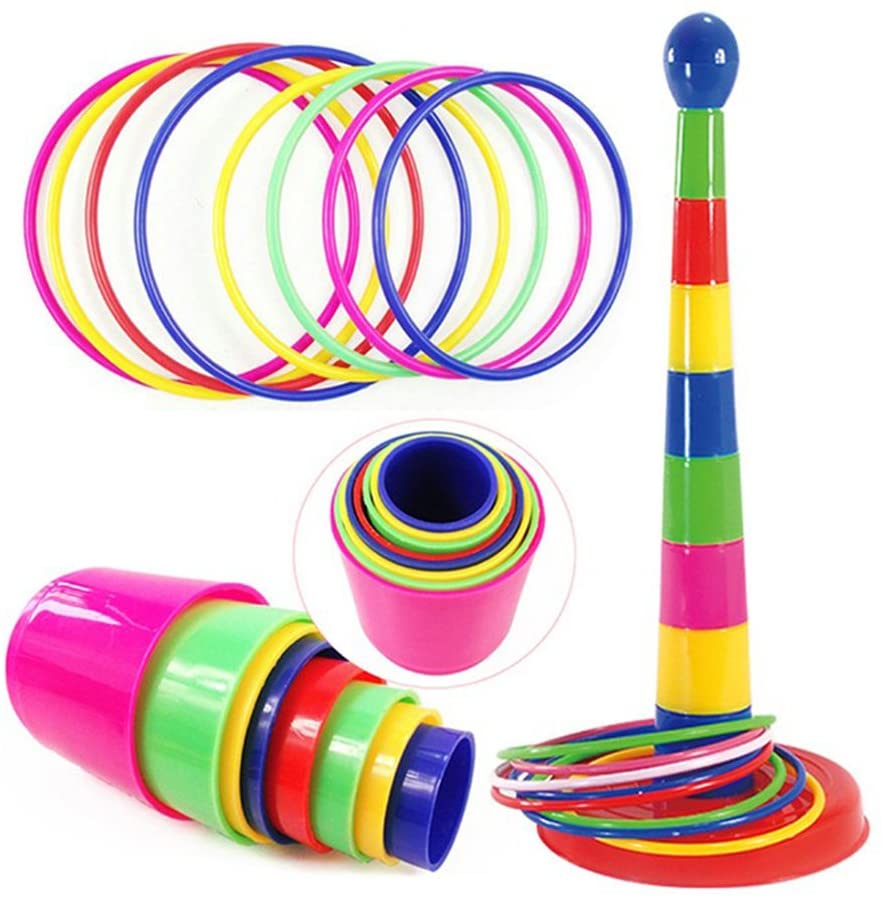
This shortened throwing distances by approximately 10 per cent by bringing its nose down earlier and more steeply. In 1986 the men's javelin was redesigned its centre of gravity was moved forward by four centimetres. It has been part of the modern Olympic Games programme since 1908 for men and 1932 for women. It was widely practised in Ancient Greece and incorporated into the Olympic Games in 708BC as part of the pentathlon. Throwing the javelin as sport evolved from the everyday use of the spear in hunting and warfare. In the event of a tie, the winner will be the athlete with the next-best effort. At major championships the format is typically a qualification session followed by a final.

Athletes will commonly throw three or six times per competition. If the tip touches the ground first, the throw is measured from this point.

The javelin must also land tip first and within the marked 29-degree sector. The men’s javelin must weigh at least 800g and be 2.6m-2.7m long while the women’s javelin must weigh 600g and be 2.2m-2.3m long.įor the throw to be measured, the athlete must not turn his or her back to the landing area at any stage during their approach and throw they must throw the javelin over the upper part of their throwing arm, and they must not cross the foul line, aka scratch line, at any time. The athlete must hold the javelin by its corded grip with his or her little finger closest to the tip of the implement. It requires a combination of strength, power, timing, co-ordination precision and timing.

A throwing event in which athletes throw a metal-tipped javelin as far as possible.


 0 kommentar(er)
0 kommentar(er)
